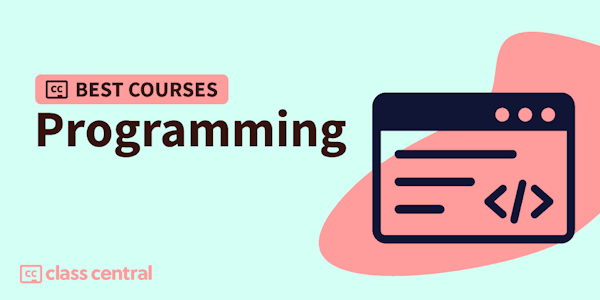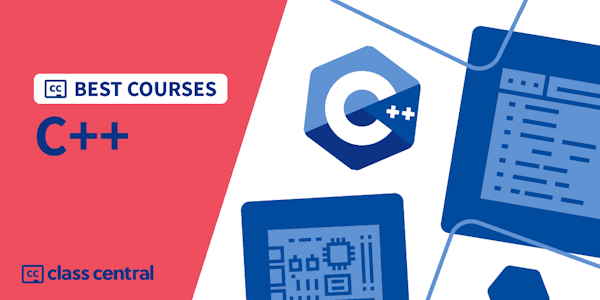- Module 1: In this module, we'll discuss how to choose the appropriate Azure service to integrate and automate business processes.
- Evaluate Azure services for integration and process automation scenarios
- Module 2: Azure Functions allow you to host business logic that can be executed without managing or provisioning server infrastructure
- Decide if serverless computing is right for your business need
- Create an Azure Function app in the Azure portal
- Execute a function using triggers
- Monitor and test your Azure Function from the Azure portal
- Module 3: This module demos some of the most common types of triggers for executing Azure Functions and how to configure them to execute your logic.
- Determine which trigger works best for your business needs
- Create a timer trigger to invoke a function on a consistent schedule
- Create an HTTP trigger to invoke a function when an HTTP request is received
- Create a blob trigger to invoke a function when a blob is created or updated in Azure Storage
- Module 4: In this module, we'll learn how to integrate your Azure Function with various data sources by using bindings.
- Explore what types of data sources can be accessed through bindings
- Read data from Azure Cosmos DB using Azure Functions
- Store data in Azure Cosmos DB using Azure Functions
- Send messages to Azure Queue Storage using Azure Functions
- Module 5: Learn how to orchestrate a long-running workflow as a set of activities using scalable and cost-effective Durable Functions.
- Explore Durable Functions
- Design a long-running approval process workflow
- Implement a long-running approval process workflow using Durable Functions
- Module 6: Find out how to develop an Azure Function in Visual Studio with a test framework to create, deploy, and test this scalable and secure service.
- Create new functions projects and functions
- Run and test functions locally
- Publish functions to Azure
- Module 7: Use Visual Studio together with a test framework to create, deploy, and test an Azure Function.
- Develop an Azure Function in Visual Studio
- Test and debug an Azure Function in Visual Studio
- Deploy an Azure Functions directly from Visual Studio to Azure
- Manage Azure Function code
- Module 8: Discover the benefits of webhooks when you trigger an Azure function with a GitHub webhook and parse the payload for insights.
- Trigger your function with a webhook
- Analyze the message from the webhook
- Secure webhook payloads with a secret
- Module 9: Update a web app's notification mechanism from polling to push-based architecture with SignalR Service, Azure Cosmos DB and Azure Functions. Use Vue.js and JavaScript to use SignalR using Visual Studio Code.
- Evaluate an existing project that implements polling
- Update an application architecture to support push technologies with SignalR Service and Azure Functions
- Host a static website in an Azure Storage account
- Modify a Vue.js and JavaScript web application to use SignalR
- Module 10: In this module, you will learn how to assemble multiple Azure Functions into a single API using Azure API Management.
- Identify the value of Azure API Management in a serverless application
- Import an Azure Functions app as an API in Azure API Management
- Import multiple Azure Functions apps as a single API in Azure API Management
- Module 11: You can build serverless apps by using almost any programming language that supports HTTP primitives. By using custom handlers, you can choose a runtime that suits you.
- Understand when to use custom handlers.
- Build serverless apps by using Go.
- Handle different triggers like HTTP and queue.
Upon completion of this module, you'll be able to:
In this module, you will:
In this module, you will:
In this module, you will:
In this module, you will:
By the end of this module, you will be able to use the Azure Functions Core Tools to:
In this module, you will:
In this module, you will:
In this module, you will:
In this module, you will:
In this module, you will:





